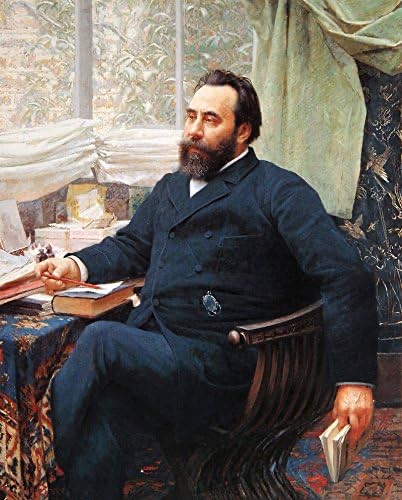How can legal wisdom from 19th-century Montenegro and Valtazar Bogišić help AI regulation
Note: I had the pleasure of talking often with the late Ambassadors Ljubiša Perović and Milan Begović about the applicability of Valtazar Bogišić’s legal philosophy to our era. I am dedicating this text to the memory of two of them.
In the quest for effective AI governance, we can find unexpected guidance in the past. Valtazar Bogišić, a 19th-century lawyer, crafted the Montenegrin civil code (1888) by seamlessly blending tradition with innovation. Bogišić’s legal approach combined Montenegrin customs with the latest legal developments of the 19th century, the Napoleonic Code. This methodology is strikingly relevant today as we grapple with the complexities of governing AI by combining societal traditions and the latest tech developments.

The 1888 Montenegrin Civil Code and its AI Era Implications
On 25 March 1888, Montenegrin ruler Knjaz Nikola enacted the Montenegrin Civil Code, a groundbreaking legal document prepared by Bogišić. Knjaz Nikola faced a dilemma similar to our current challenge with AI governance: to adopt the widespread Napoleonic Code or to forge a unique path. He chose the latter, adapting the Napoleonic Code to meet the specific needs of Montenegro, thus striking a balance between modernity and local tradition.
Bogišić’s work is particularly instructive for the AI era due to its emphasis on:
- Localisation: AI governance should reflect each society’s cultural nuances and customs, as AI will advise on often delicate personal issues such as marriage and children’s education. Bogišić recognized the inadequacy of imposing foreign legal systems on Montenegrin society in the 19th century. Similarly, AI systems trained on data from one culture may not suit the specificities of another. AI needs to be localised.
- Inclusiveness: Effective AI governance requires inclusivity. Bogišić achieved this by walking from village to village for years and engaging with people across Montenegro. Modern Montenegro could inspire inclusive policy processes, as it successfully managed to preserve its social fabric during a rather complex political transition in a highly diverse society. Montenegrin’s historical tradition and current practice of inclusion and compromise could be inspiring for forthcoming AI governance negotiations.
- Ownership: People must have ownership of AI governance solutions. This concept extends beyond data rights to encompass communities’ collective knowledge and traditions. Ownership is a safeguard against the monopolistic and authoritarian risks of AI monopolies.
- Simplicity: Bogišić was well known for his ability to translate Latin legal jargon into everyday language. The complex vocabulary of today’s AI discourse needs to be similarly simplified to be widely understood. AI, including neural networks, machine learning, and LLMs, should be communicated in more understandable concepts, such as patterns and probability (informed guessing).
Innovating AI Governance with Bogišić’s Method
Bogišić’s method teaches us that innovation in AI governance is not solely about high-tech solutions. It is about integrating tradition with modernity, a task that can be more challenging than technological advancements. As the world grapples with various crises, the need for ‘low-tech’ innovation in human relations becomes evident.
Bogišić can also help us deal with centralized AI that opens up the risks of knowledge monopolies and, ultimately, societal oppression. A bottom-up approach to AI, reflecting the uniqueness of diverse societies, can harness AI for the collective good. As we navigate the high stakes of AI’s potential and risks, let’s draw inspiration from historical wisdom, like Bogišić’s methodology, to guide us toward inclusive and effective AI governance.

